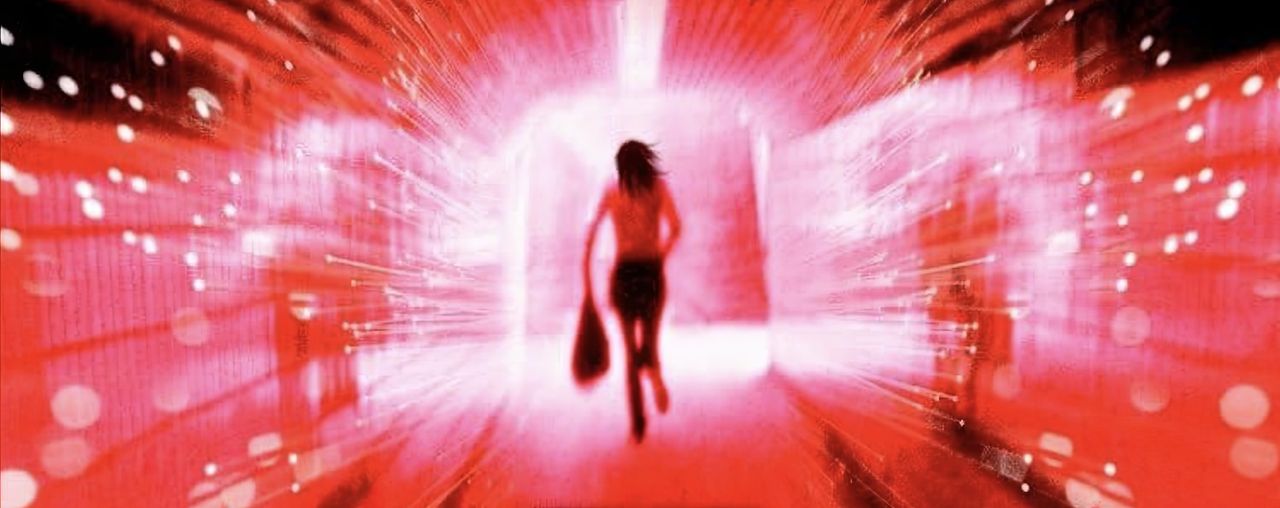
This week’s selection is “Diamond Age” by Science Fiction author Neal Stephenson.
We’re switching things up this week by not focusing on a nonfiction educational book, but instead looking into the fiction world. Specifically, the 1995 book “Diamond Age” by Neal Stephenson.
Stephenson is one of the world’s most well-known Science Fiction authors, having published dozens of fascinating books, most of which I’ve personally read.
While all of them are quite interesting, and often containing very deep visions of future societies, Diamond Age could be of particular interest to the 3D print community.
That’s because Diamond Age depicts a future world where a technology called “matter compilers” dominates society. These appear to be an advanced form of 3D printers that operate on a nanotechnology level to produce basically any goods required.
In fact, the book proposes local matter compilers present everywhere to allow anyone to easily obtain food, clothing and other essentials. This would be 3D printing as the ultimate public service.
How do these matter compilers work? That’s not precisely explained in the book, but what is described is the material used by them. There is something Stephenson calls “The Feed”, which is a flow of basic molecules from which the matter compilers can compose desired objects.
The Feed seems to be analogous to today’s public water system, where molecules flow from centralized facilities to the distributed matter compilers.
Oh yes, there’s a story in there as well. The saga is centered on the coming-of-age story of a young girl who lives in this futuristic environment.
While the progress of 3D print technology has made enormous steps forward in the past decades, we are not close to the world described by Stephenson in Diamond Age.
But we are far, far closer than we were in 1995.
I recommend every 3D print enthusiast read Diamond Age, simply because it provides a vision of where we are very likely to end up, many years from now.
Knowing that goal after reading the book, we can all try to help each other get there.
We’re an Amazon Associate and earn a small commission from qualifying purchases. Help support our 3D print news service by checking out this book!
Via Amazon
